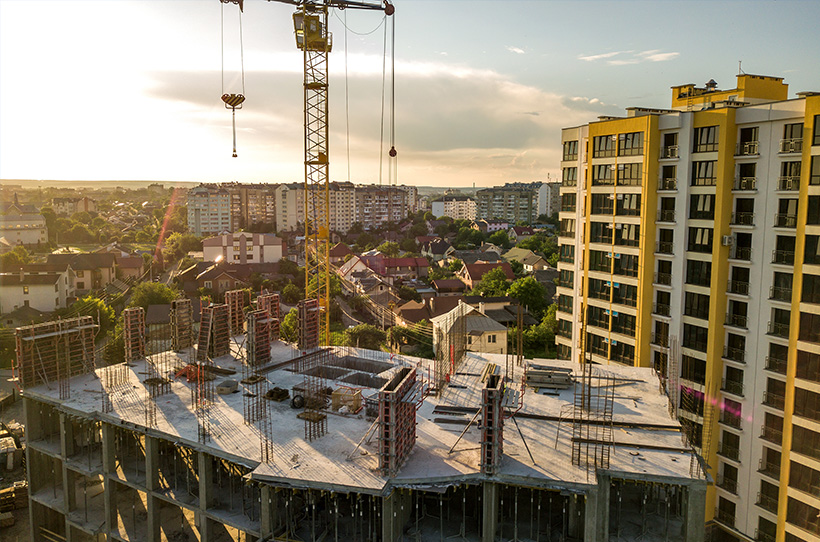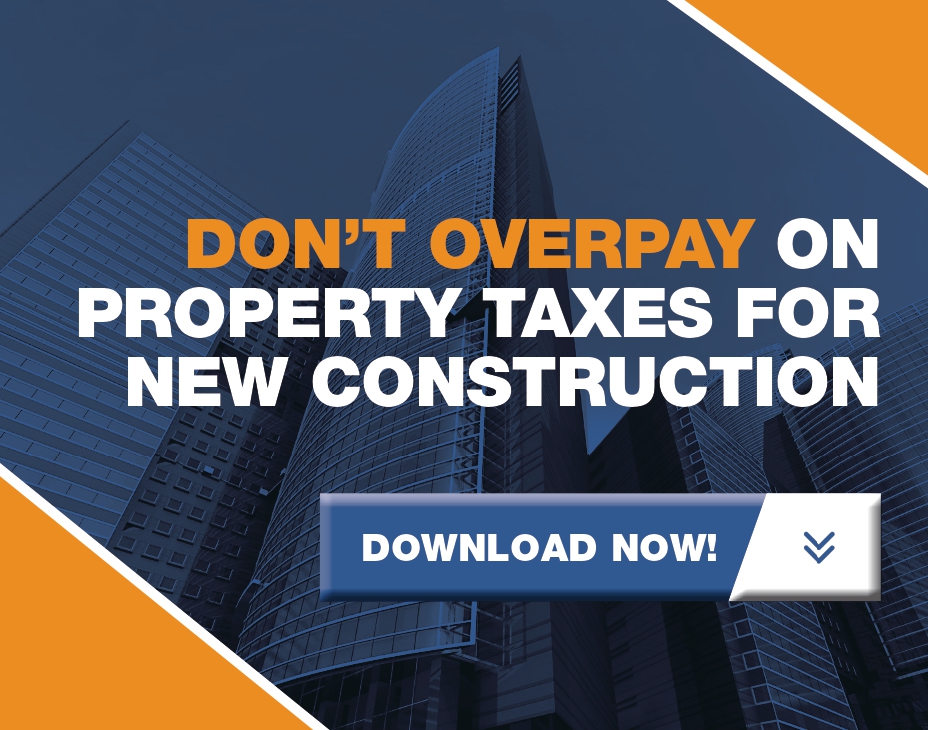In many major metropolitan areas across the United States, the cost of housing has become a significant concern. Despite a leveling off in the growth of home prices and residential rents since the mid-pandemic surge, a shortage of housing, particularly affordable options, persists. This shortage is especially felt by the younger generation, who are now ready to form new households.
Simultaneously, we are witnessing record-high office vacancy rates, a consequence of the pandemic-driven shift in work patterns. This has left many office buildings under-utilized, leading to discussions about their potential repurposing. One idea that has gained traction is the conversion of these vacant office spaces into residential apartments.
Theoretical Projections vs. Reality
The concept of office-to-residential conversions is theoretically appealing. Some projections suggest that the opportunity to repurpose existing office buildings into multifamily apartments is enormous. However, when we delve into the practical aspects of such conversions, we find that only a narrow set of existing office buildings are truly viable candidates for such transformations.
To understand the potential scale of office-to-multifamily conversions, various scenarios have been proposed, each representing a probable ceiling on what can feasibly be converted. These scenarios consider factors such as the physical feasibility of buildings (based on floor plate sizes) and current vacancy rates, which serve as a proxy for a feasible acquisition-cost basis.
However, the reality is that the ceiling on conversions is lower than some reports have suggested. Even under the most aggressive scenario, only about 6% of the office inventory would come off the market. This means that while the idea of office-to-residential conversions holds intuitive appeal, the actual impact of such conversions on the housing market is likely to be limited.
Case Study: San Francisco's Approach
San Francisco, a city known for its pre-pandemic tech growth, is now grappling with record-high office vacancy rates. In response, city officials are exploring the potential of converting offices into residential properties to boost the local economy. The Planning Department and Office of Economic and Workforce Development have issued a request for information to identify potential redevelopment sites and assess the feasibility of such projects.
This move aligns with recent ordinances approved by the San Francisco Board of Supervisors to support the city's economic revitalization. By streamlining the redevelopment process, city officials aim to make office-to-residential conversions a reality. However, the city's office vacancy rates have soared beyond 17%, compared to roughly 7% in 2019. With leasing activity largely muted, the city faces significant challenges in its recovery efforts.
Factors Influencing Office-to-Residential Conversions
The feasibility of converting an office building into a residential property depends on several factors. Location is paramount. Given the higher costs associated with conversions, which can be about 20% more than ground-up development, premium rents associated with prime locations are crucial for a financially successful conversion.
The physical characteristics of a building, particularly its floorplate size, also play a significant role. Apartment buildings require a shorter distance from the center to the exterior walls than do offices. This is to accommodate access to windows and emergency egress, as well as to maximize the possibility of using existing elevators, staircases, plumbing, HVAC, and other building systems. Buildings with floorplates ranging from 8,000 to 12,000 square feet have historically worked best for conversions.
Lastly, the cost of acquisition and renovation must allow for a competitive multifamily property. Given the current softness of the office market, public incentives may be necessary to make potential office conversion projects financially feasible.
Political considerations also come into play. Public initiatives to support conversions can be politically fraught, and city leaders must navigate these complexities to increase the housing supply and make the most of vacant office spaces. In the next section, we will delve into the challenges associated with office-to-residential conversions.
Challenges in Conversions
Despite the potential benefits, office-to-residential conversions come with their own set of challenges. One of the most significant is the financial burden associated with retrofitting a building. A recent study by the Urban Land Institute found that the typical hard costs of retrofitting a building range from $250,000 to $300,000 per unit. Given that the current average market price of a multifamily property is just under $250,000, achieving financial feasibility will not be easy for most office buildings.
Public incentives could help offset these high costs and make conversions more financially feasible. However, implementing such incentives can be politically challenging. For example, while New York City has discussed public incentives to support conversions, it has so far only instituted a program providing tax relief for office buildings that invest in upgrades but continue to function as offices.
Conclusion
The concept of converting office buildings into residential properties presents an intriguing solution to the dual challenges of housing shortages and high office vacancy rates. However, the reality of implementing such conversions is complex and fraught with challenges, both financial and political.
While the potential for conversions is significant, the actual number of suitable candidates for office-to-residential conversion is likely much lower than some optimistic projections suggest. Furthermore, the high costs associated with conversions and the potential need for public incentives add additional layers of complexity to the issue.
Despite these challenges, the exploration of office-to-residential conversions represents an innovative approach to addressing the current housing shortage. As we move forward, it will be interesting to see how this concept evolves and what impact it will have on the housing and office markets. As always, the real estate industry will need to continue to adapt and innovate in response to changing market conditions and societal needs.
.png)


.png?width=170&height=64&name=Logo%20320x120(2).png)





